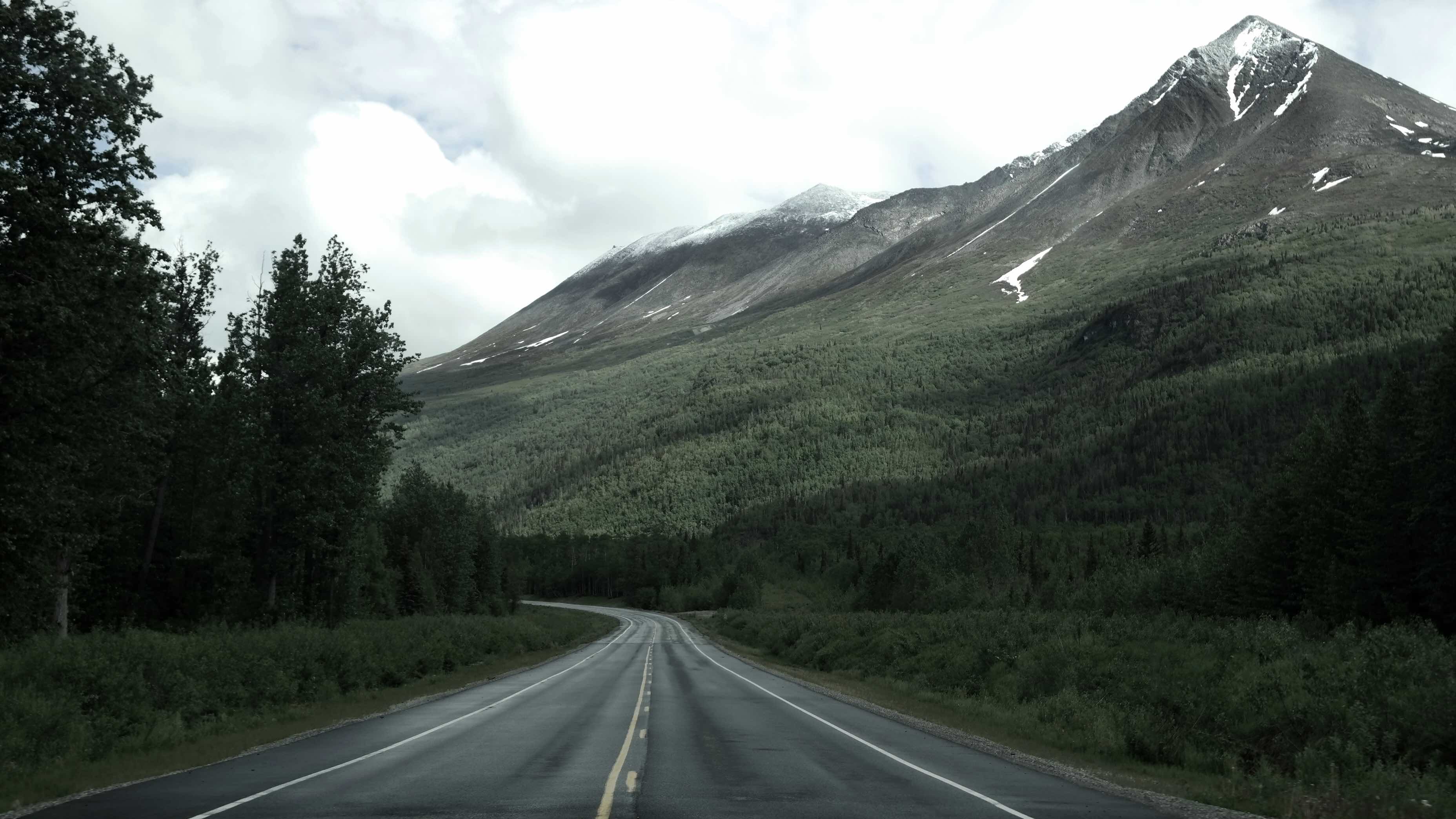Have a story idea
Have a story idea? Send it to us here.

Source : Alaska, Wikimedia Commons
July 20, 2022
Author : Alex Bustillos
When discussing Alaskan infrastructure, we need to consider the extreme weather conditions and geographical challenges like seismic events, permafrost, shore erosion, avalanches, and varying temperatures reaching low extremes and new record highs.
Alaska’s infrastructure has suffered from a systematic lack of investment for decades. Alaska received a C- on its infrastructure report card from the American Society of Civil Engineers.
In recent months governor, Mike Dunleavy’s administration moved forward on two bills, SB 241 & HB 414, that earmarked the initial funding anticipated for the State of Alaska from the federal Infrastructure Investment and Jobs Act (IIJA).
The bill appropriates capital and operating funds to state agencies and non-state organizations working with states, local governments, and Alaska Native entities to implement IIJA funding and pursue future federal funding opportunities.
Governor Dunleavy has explained that “While the federal infrastructure bill doesn’t provide the state with pots of unrestricted infrastructure funds that Alaska can spend as we see fit, it does contain substantial funding to improve our roads, airports and water infrastructure, and new investments in bringing broadband to the state. In addition, the bill provides competitive opportunities for Alaska to modernize our electric grid, pursue clean energy technology, to develop our substantial critical minerals and rare earth elements.”
The state of Alaska is expected to receive 60% of the 5-year federal authorization through formula funding, with the remaining 40% awarded through competitive grants administered by federal agencies.
The bill distributes the funding in five categories:
$560.2 million in additional federal funds for surface transportation, rural water, wastewater programs, veterans services, and cybersecurity grants.
$37.4 million for federal weatherization programs and the Alaska Low Income Home Energy Assistance Program
$28 million for investments in modernizing the electric grid, developing clean hydrogen, and a research demonstration facility for Alaska’s substantial reserves of critical and rare earth minerals
$5 million to stand up the State of Alaska Infrastructure Office to coordinate and consolidate efforts with all recipients of IIJA funds
$4 million to construct housing for teachers and public safety personnel in rural communities not connected to the road system
$2.5 million to the Alaska Federation of Natives to continue the navigator program, a joint effort with the state to secure all funding available in the IIJA legislation
The governor has stated he is prepared to work with lawmakers, local government, and non-governmental organizations to maximize the value of the IIJA bill for all Alaskans.
There are 141 bridges and over 570 miles of highway in Alaska in poor condition.
Under the IIJA, Alaska would receive in total $3.4 billion in federal-aid highway apportioned programs and $225 million in bridge replacement and repairs over five years based solely on formula funding. Alaska can also compete for the $12.5 billion Bridge Investment Program for economically significant bridges and nearly $16 billion in national funding for major projects in the bill.
Alaska is all set to revamp its roadways and bridges with the additional funding, and the Dunleavy administration is doing everything possible to use the funds fully.
Follow Contractor News for the latest update on public funding and construction opportunities.
Category : Department of Transportation Investment in Infrastructure State Government Public Works
